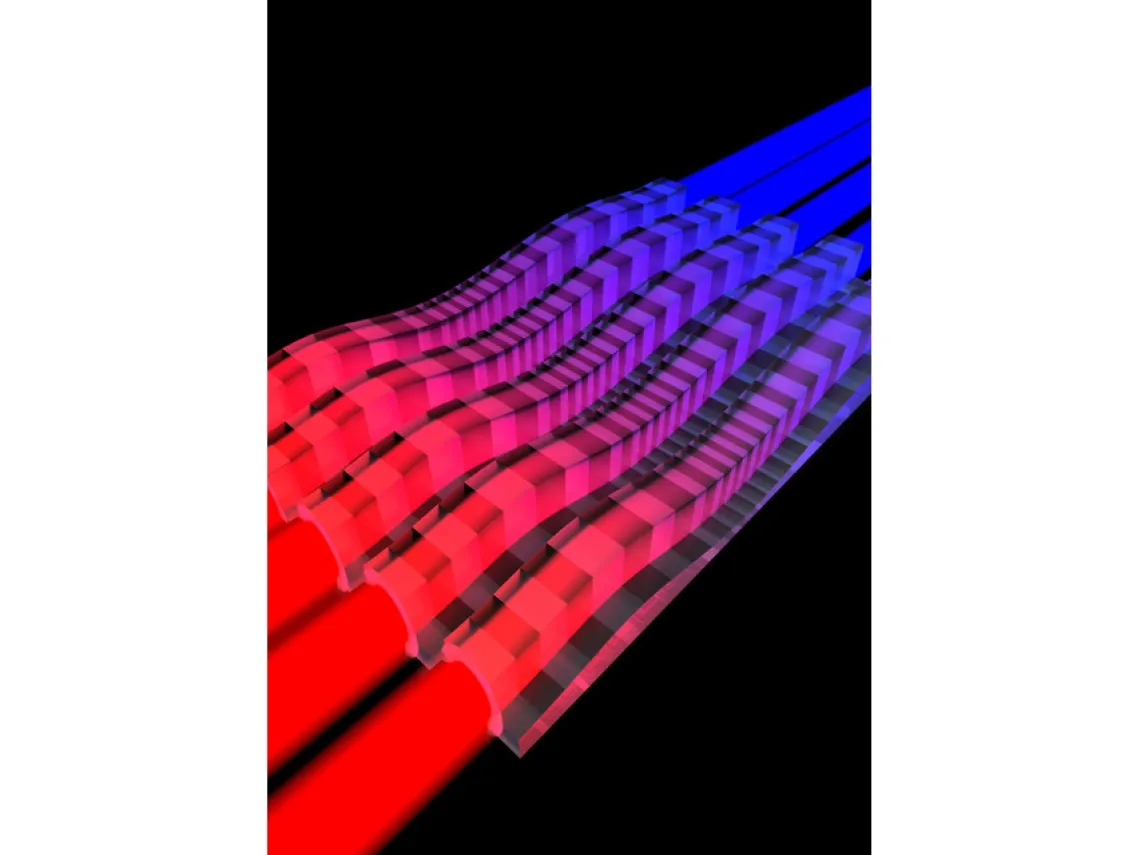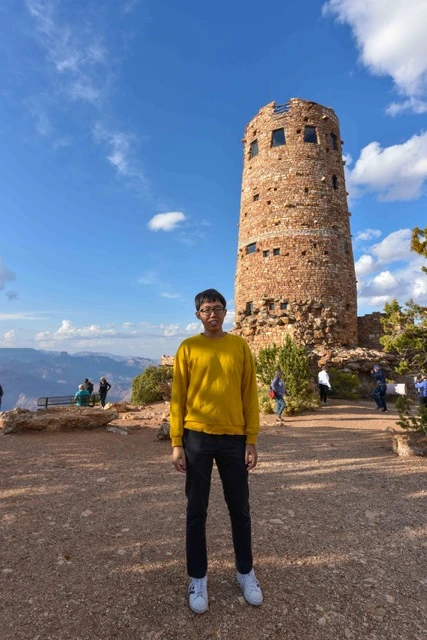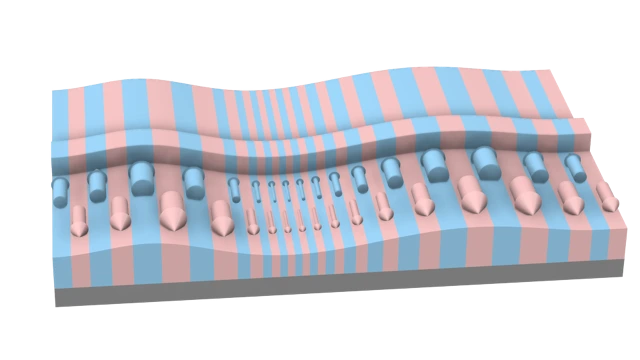Pao-Kang Chen wins the Physics Department Best Student Paper Award

Congratulations to Pao-Kang, who won the Physics Department Best Student Paper Award with his first-author paper in Nature Nanotechnology: "Adapted poling to break the nonlinear efficiency limit in nanophotonic lithium niobate waveguides" (https://www.nature.com/articles/s41565-023-01525-w). The research briefing "High optical nonlinear efficiency achieved by compensating for nanoscale inhomogeneity" can be found at https://www.nature.com/articles/s41565-023-01526-9.
Light color conversion, for example, converting from red light to blue light, enables laser sources to cover a light spectrum where it was unavailable. Converting light colors was hard because of the low conversion efficiency of conventional platforms. Either high-power lights or recycling of light power were needed to push the conversion efficiency to a decent level. Since the same mechanism is used to generate quantum states, the quantum state qualities are also limited by the low efficiency. A decade ago, thin-film Lithium niobate emerged as a promising platform with ultra-high efficiency. However, substantially increased performance has not been demonstrated despite intense efforts. In this work, Pao-Kang and his collaborators theoretically verified that the major issue is material inhomogeneity, and proposed and experimentally demonstrated a new way of fabrication to circumvent this issue. Using this technique, 80% conversion efficiency can be achieved with low light power. This work also enables high-quality optical quantum states, and has the potential of opening a new era of optical communication and quantum photonics.
Prof. Andy Boes from the University of Adelaide, Australia commented that “This work overcomes the nonlinear optical conversion efficiency limitation that has been observed by several research groups when longer quasi-phase matching waveguides are investigated, and has the potential to transform applications such as optical communication, quantum photonics and optical signal processing. Furthermore, the concept of measuring the film uniformity and using it to update the design of optical waveguides before the fabrication step is interesting and could find application in other photonic devices.”






